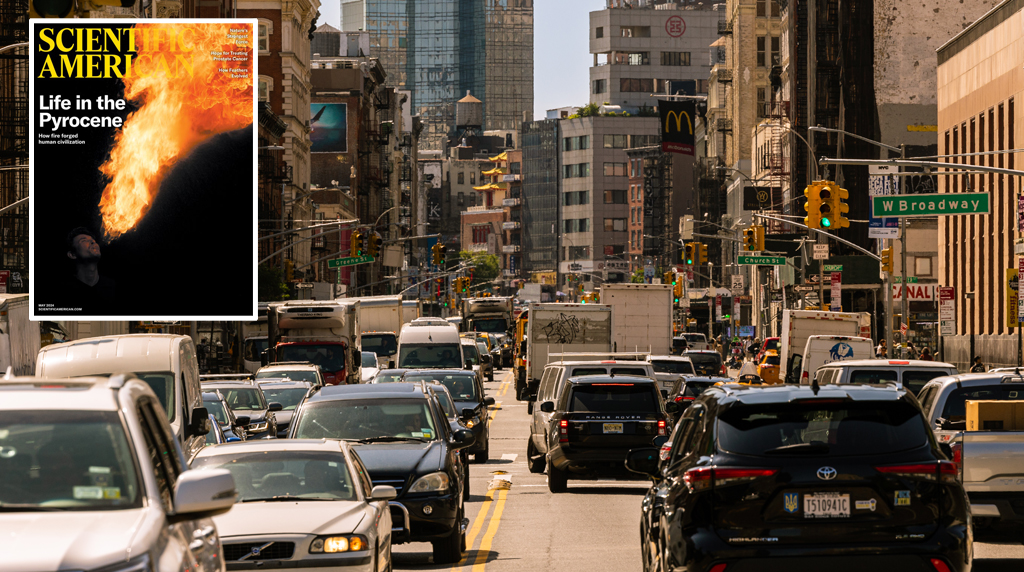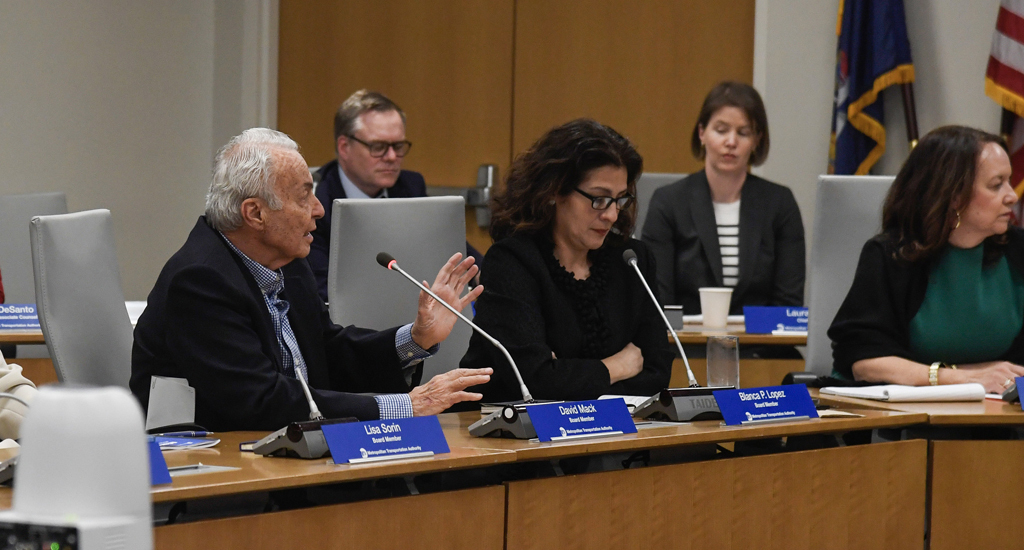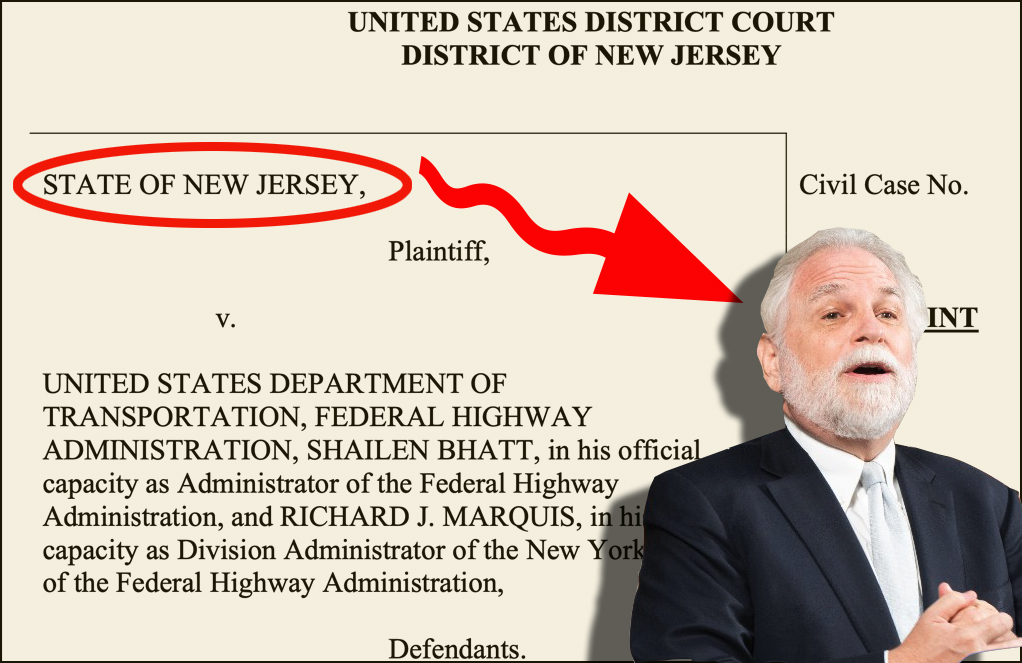Yesterday word surfaced that the MTA will receive $200 million less from the recently enacted payroll tax than the state of New York originally projected. The news came less than a week after Albany legislators slashed $143 million from the MTA so the state can keep paying its bills. Add it up, and the agency has about $340 million less than it expected to have just a few days ago. To put that in perspective, the "doomsday plan" that Albany supposedly averted back in the spring contained about $25 million in annual subway service cuts and $88 million in annual cuts to New York City bus service.
For transit riders, the stunning shortfall is the latest addition to a
heap of bad news that's been piling up for months. The full picture is
still hazy, but suddenly the prospect of service cuts equal to the
so-called doomsday reductions is very real.
Imposing a fare hike or widespread service cuts -- remember, we're talking about the potential elimination of entire routes, as well as longer waits and more crowded conditions all over the city -- would amount to a betrayal of trust by state leaders, transit advocates say. "Governor Paterson and the legislature made a promise that they would provide
$1.8 billion in annual state aid and not raise fares until 2011," said Gene Russianoff of the Straphangers Campaign. "It's an
incredible outrage to say, 'We didn't mean it.'"
The picture would be much brighter today if Carl Kruger, Pedro Espada, convicted abuser Hiram Monserrate, and the rest of the Albany gang had simply agreed to put a price on car commuting over New York City's traffic-swamped bridges. As things stand, the MTA basically has four options: raise fares, secure more funding from Albany, secure a new revenue source like congestion pricing (Albany action also needed), or cut service.
MTA Chair Jay Walder hasn't budged from his commitment to avoid fare hikes ahead of the next scheduled increase in 2011. Albany is still in budget crisis mode and seems extremely unlikely to reverse the MTA cuts it just approved. Congestion pricing or bridge tolls are, as ever, the solutions that make the most sense, promising a slew of benefits including speedier buses and major reductions in traffic and pollution. The advocates I've spoken to don't hold out much hope for a revival, but if Albany refuses to consider road pricing, that leaves severe service cuts as the likely scenario. Everyone in Albany is up for re-election in 2010. Are service cuts any more politically palatable than putting a fair price on free bridges?
We'll know more next week, when the MTA Board meets to adopt a 2010 budget. But it's hard to see how Albany can avoid these four options without mortgaging the future of the transit system even further. Remember, back in April, state legislators only put in place enough funding for two years of the MTA's five-year capital program, the projects that keep the system in working order and expand its reach. As Tri-State Transportation Campaign director Kate Slevin told me recently, "That's not a plan, it's a wish list."
(Long Island State Senator Craig Johnson drove home the tentative nature of the capital program when he questioned why transit riders need real-time arrival displays, a basic service in many other cities. As a member of the Capital Program Review Board, Johnson can veto the whole shebang.)
On top of the MTA's escalating funding woes, the TWU just elected new leaders who ran on a hard-line platform, criticizing the regime that led the 2005 strike as too soft. The pressures on transit funding keep mounting from all sides.
Back to the immediate crisis: New York now finds itself in a position familiar to other American cities. Battered by the recession, we can't keep our buses and trains running. As much as Albany bears responsibility, this is a national problem too. Transit systems are essential to regional economies -- nowhere more so than in New York -- but federal stimulus efforts have done far too little to help maintain service. As Congress takes up a second stimulus bill, it's past time to start saving the nation's transit jobs.




